
Using money as an incentive, researchers from Massachusetts General Hospital (MGH) and two other institutions found that human neural responses accompanying the anticipation and experience of winning and losing in a laboratory gaming situation were similar to those noted in animals responding to tactile or gustatory stimuli or to euphoria-inducing drugs. This suggests that the same neural circuitry is involved in the highs and lows of winning money, abusing drugs, or anticipating a gastronomical treat.
“Identifying these regions of the brain and mapping the neural pathways that process the anticipation and ‘rewards’ associated with drug abuse would be a tremendous boost to the development of medications or interventions that could block these circuits and provide other treatment approaches,” says Dr. Alan I. Leshner, director, National Institute on Drug Abuse (NIDA).
The investigators found that the same regions of the brain respond to the prospects of winning and losing money while gambling that have been reported to respond to an infusion of cocaine in subjects addicted to that drug, and to low doses of morphine in drug-free individuals.
These common patterns of response support the view that dysfunction of neural mechanisms and psychological processes crucial to decision-making and behavior may contribute to a broad range of impulse disorders such as drug abuse and compulsive gambling.
The experiment used by the investigators incorporates ideas from “Decision Affect Theory,” developed by Barbara Mellers and colleagues in the 1990s, and from “Prospect Theory,” developed by Dr. Kahneman and Amos Tversky in the 1970s. Prospect Theory has profoundly influenced the development of the field of behavioral economics.
The scientists used high-field (3 Telsla) functional magnetic resonance imaging (fMRI) to neurologically map the responses of 12 male subjects while they participated in a game of chance in which they won and lost money. A $50 stake was provided, and the men were told that during the game, they might lose some or all of this stake, retain it, or increase it. The trials were divided into two phases-expectancy and outcome. During the expectancy phase, the subjects were shown how much money they could potentially win depending upon where the arrow stopped on a spinning disk. During the outcome phase, the arrow stopped on a designated monetary value, and the subjects found out whether they had won or lost money on that spin.
Analysis of the functional imaging data collected while the men were watching the spinner revealed the following:
- Money, an incentive unique to humans, produced cerebral blood flow changes similar to those seen previously in response to other types of rewards, such as euphoria-producing drugs;
- Changes in the cerebral blood flow in the sublenticular extended amygdala (SLEA) and the orbitofrontal cortex (Cob) tracked the expected monetary values, and as the expected monetary value increased so did responses in the nucleus accumbens (NAc), SLEA, and hypothalamus;
- A broadly distributed set of brain regions was activated during the prospect phase and responses in many of these regions were seen during the outcome phase as well;
- The blood flow responses in three areas of the brain rich in dopamine receptors, the NAc, SLEA, and hypothalamus, roughly paralleled previously observed findings in monkeys during anticipation and experience of reward; and
- The predominant responses to gains or the prospects of gains were seen in the right hemisphere of the brain, whereas the left hemisphere was more active in response to negative prospects.
“The results of our gaming experiment, coupled with findings from prior studies of the anticipation and experience of positive and negative outcomes in humans and laboratory animals, suggest that a network of interrelated structures at different levels of the neuraxis coordinate the processing of goal-related stimuli, ” says Dr. Breiter. “A challenge for future work is to determine the roles played by the different components of this circuitry in the cognitive, emotional, and motivational processes involved in anticipation, evaluation, and decision-making,” Dr. Breiter states.






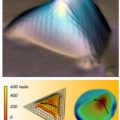



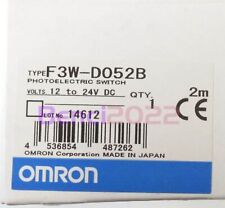
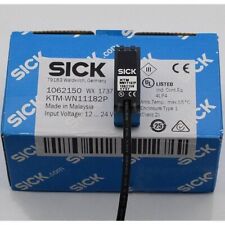
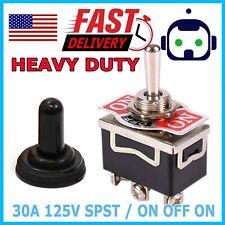


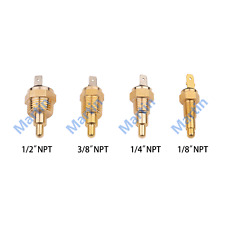
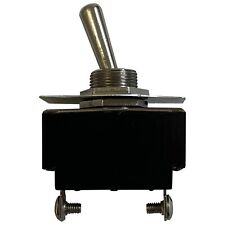
Comments are closed.